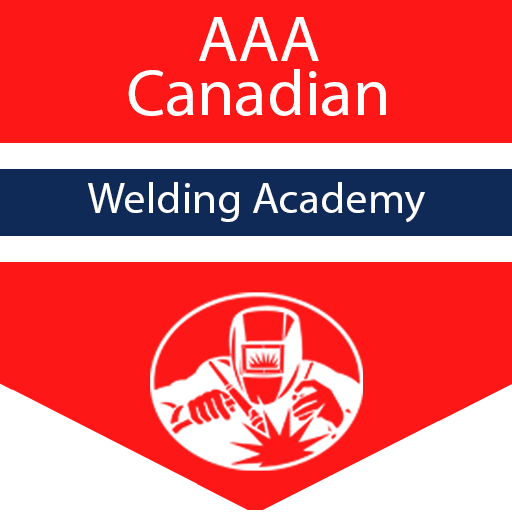Gas Tungsten Arc Welding (GTAW), also known as Tungsten Inert Gas (TIG) welding, is a precise welding process that produces high-quality welds, especially on thin materials. A practical outline for GTAW welding would involve both theoretical knowledge and hands-on practice.

I. Introduction to GTAW (TIG) Welding
- History and development of GTAW.
- Advantages and disadvantages.
- Applications and industries where GTAW is commonly used.
II. Equipment and Setup
- Power source:
- Understanding amperage, voltage, and polarity settings.
- AC vs. DC welding.
- Torch components:
- Tungsten electrodes (types, sizes, and selection).
- Gas cups and collets.
- Shielding gases:
- Gas flow rates.
- Filler materials:
- Selection based on base material.
- Safety equipment:
III. Basics of GTAW Welding Process
- Striking the arc:
- Scratch start, lift start, and HF (High Frequency) start.
- Weld pool control:
- Puddle size and movement.
- Filler material addition:
- Techniques for adding filler rod.
- Travel speed and angle.
- Hand and body positioning.
IV. Hands-on Practice
- Setting up the equipment.
- Practicing different weld joints:
- Butt joint, lap joint, tee joint, corner joint.
- Practicing on different thicknesses and materials.
V. Weld Defects and Quality Control
- Common GTAW defects:
- Porosity, tungsten inclusions, oxidation, etc.
- Causes and remedies for each defect.
- Visual inspection and non-destructive testing methods.
Gas Tungsten Arc Welding (GTAW) *Previous Welding Experience Required.
